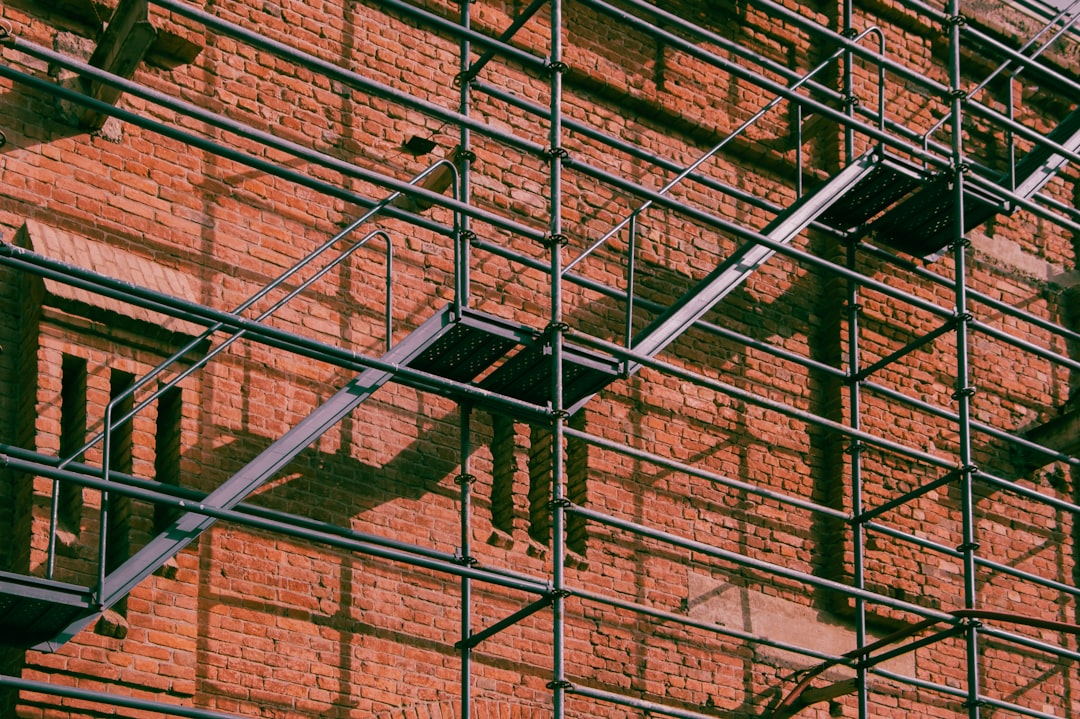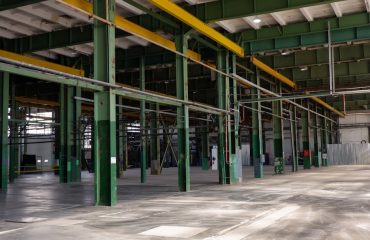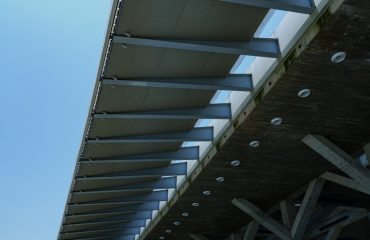The success of any construction project hinges significantly on the careful selection of materials. Choosing the right materials isn’t just about aesthetics; it’s a complex decision involving factors like durability, cost-effectiveness, sustainability, and adherence to building codes. This comprehensive guide will delve into the key aspects of material selection to help you make informed decisions and build structures that are both beautiful and resilient.
Understanding Project Requirements: The Foundation of Material Selection
Before even considering specific materials, a thorough understanding of the project’s requirements is paramount. This involves analyzing several key aspects:
- Project Scope and Design: The intended use of the structure (residential, commercial, industrial) directly influences material choices. A high-rise building will demand different materials than a single-family home.
- Structural Integrity: The chosen materials must meet or exceed the structural requirements dictated by engineering calculations and building codes. This involves considering factors like load-bearing capacity, compressive strength, and tensile strength.
- Environmental Conditions: Climate plays a crucial role. Materials must withstand extreme temperatures, humidity, rainfall, snowfall, and seismic activity in the region. Corrosion resistance is also a vital factor in coastal areas or regions with high air pollution.
- Budgetary Constraints: Cost is a significant constraint. While superior materials often offer long-term benefits, it’s essential to balance quality with budget limitations. A detailed cost analysis, considering both initial investment and lifecycle costs, is crucial.
- Maintenance Requirements: Some materials require more maintenance than others. Consider the long-term costs of cleaning, repairs, and replacements when making your selection. Low-maintenance materials can significantly reduce overall expenses.
Durability and Longevity: Choosing Materials that Endure
Durability is a critical factor. Materials should be resistant to wear and tear, weathering, and degradation. This translates to a longer lifespan, reduced maintenance costs, and improved return on investment. Consider the following:
- Material Properties: Understanding the inherent properties of materials – their strength, hardness, resistance to chemicals, and susceptibility to damage – is crucial for ensuring long-term durability.
- Weather Resistance: Materials exposed to the elements need to be resistant to UV degradation, moisture damage, and temperature fluctuations. Coatings and treatments can enhance weather resistance.
- Fire Resistance: In many building codes, fire resistance is a mandatory consideration. Materials with high fire ratings are essential for safety and structural integrity in case of fire.
- Pest Resistance: Materials should ideally resist infestation by insects, rodents, and other pests that can compromise structural integrity and hygiene.
Sustainability and Environmental Impact: Building Green
The environmental impact of construction materials is increasingly important. Sustainable choices reduce the carbon footprint, conserve resources, and promote healthier indoor environments. Key considerations include:
- Embodied Carbon: This refers to the greenhouse gas emissions associated with the extraction, processing, transportation, and manufacturing of building materials. Opting for materials with lower embodied carbon is crucial for reducing the overall environmental impact.
- Recycled and Reclaimed Materials: Utilizing recycled or reclaimed materials significantly reduces the demand for new resources and minimizes waste. This contributes to both environmental sustainability and cost savings.
- Renewable Materials: Materials derived from renewable resources, such as bamboo or sustainably harvested timber, offer a more environmentally friendly alternative to non-renewable materials.
- Energy Efficiency: Consider materials that contribute to energy efficiency in the building, such as high-performance insulation or low-emissivity glass.
Aesthetic Considerations: Balancing Form and Function
While functionality is paramount, the aesthetic appeal of materials significantly impacts the overall look and feel of the structure. Consider:
- Color and Texture: The color and texture of materials significantly influence the visual impact. Careful selection ensures a harmonious and aesthetically pleasing design.
- Material Finishes: Finishes, such as painting, staining, or polishing, can enhance the appearance and durability of materials.
- Architectural Style: The chosen materials should complement the overall architectural style of the building, creating a cohesive and visually appealing design.
- Light Reflection and Transmission: Consider how materials interact with light. Some materials reflect light, while others transmit or absorb it, impacting the overall brightness and ambiance of the space.
Cost Analysis and Lifecycle Costs: A Holistic Approach
While initial cost is a factor, a holistic approach requires considering lifecycle costs. This involves evaluating not only the purchase price but also the costs associated with installation, maintenance, repairs, and eventual replacement over the lifetime of the structure. Factors to consider include:
- Initial Material Costs: The upfront cost of purchasing the materials.
- Installation Costs: Labor costs associated with installing the materials.
- Maintenance Costs: Ongoing costs associated with cleaning, repairs, and upkeep.
- Replacement Costs: Costs associated with replacing materials at the end of their lifespan.
- Energy Costs: The impact of material choices on energy consumption and associated costs.
By carefully considering all these factors, you can make informed material selections that optimize the performance, longevity, sustainability, and aesthetic appeal of your construction projects. Remember that a well-informed decision minimizes risks and maximizes long-term value.




